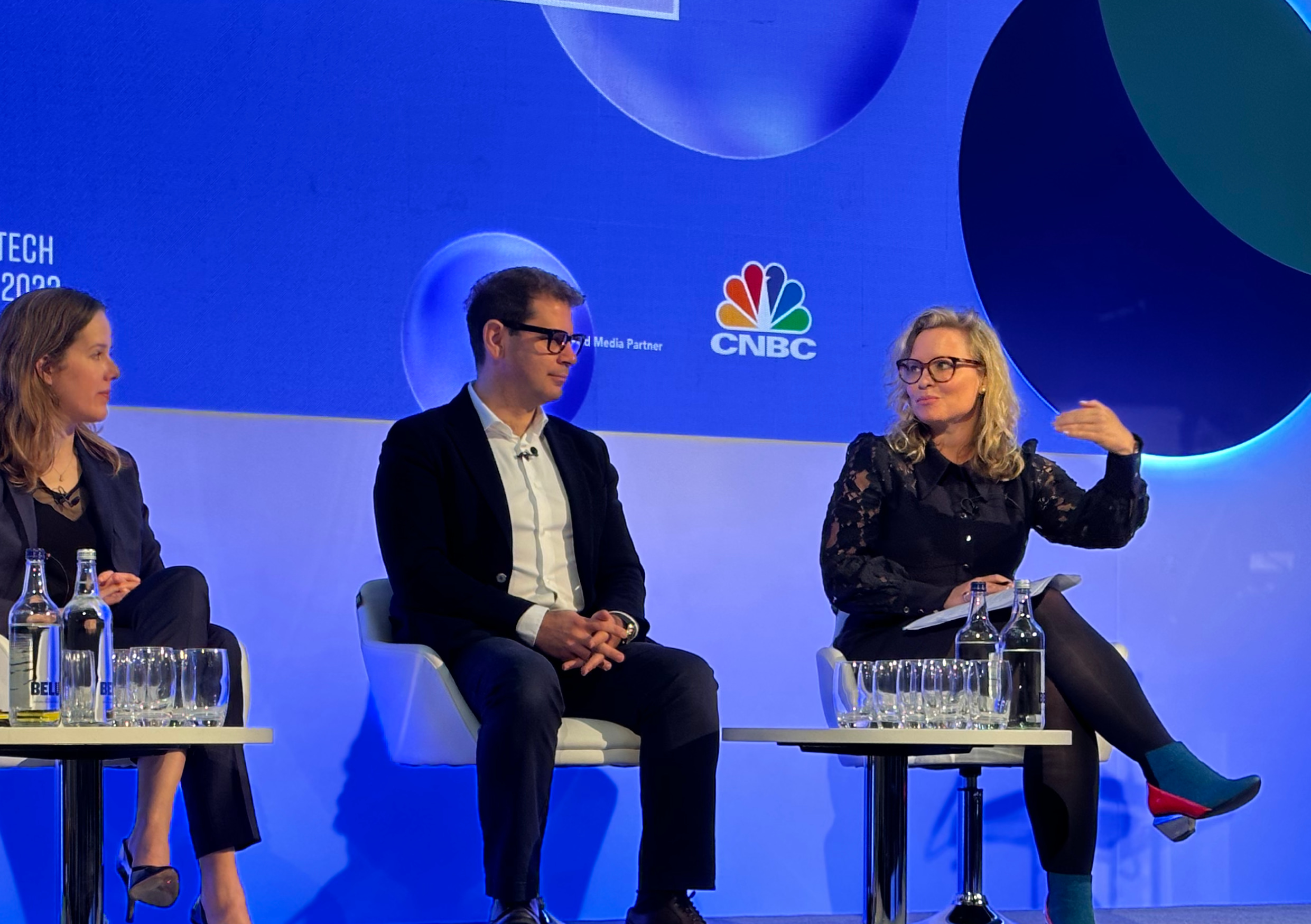During a panel session at ALFI’s London Conference last month, our Chief Product Officer discussed asset digitalisation for the investment management industry with a panel that included HSBC’s Global Head of Digital Assets Strategy.
Moderated by Deloitte’s Lize Griffith, the session – entitled ‘Asset digitalisation: The impact and opportunities for both asset managers and servicers’ – sought to explore how technology is disrupting the asset management and asset servicing industries. The use of DLT and blockchain, the tokenisation of assets, the need for effective data management solutions as well as the roll-out of AI are creating challenges but also many opportunities for all participants.
The first point HSBC’s Global Head of Digital Assets Strategy John O’Neill made was that these issues are often not technology-driven. “Legislation and regulation are just as important,” he noted before proceeding to outline his vision for asset digitalisation.
To O’Neill, the real benefit of digital assets is the speed and certainty with which you can trade – as long as you also have some form of tokenised money. “It’s all very well having assets on blockchain”, he said “but the underlying promise is that you can get it more rapidly with settlement finality. We’re very comfortable with CBDCs but not crypto or stablecoins. We tokenise commercial bank money instead.”
According to Martin Hargreaves, our Chief Product Officer, although Project Rosalind looked at retail uses cases for a digital pound, that’s far from the only way in which digital currency could be used. “We also see a lot of demand for systems that use commercial bank tokenised money,” he said.
O’Neill concurred and returned to what he sees as the key benefit of tokenised money: faster settlement. “The potential is to speed up markets in a safe manner,” he said. “Settlement inefficiencies are rife. More rapid settlement means profound change in terms of counterparties and liquidity.”
Martin confirmed that many financial institutions are aware of the opportunity but struggling with their strategy. For him, the momentum will be unleashed once the various experiments start to interoperate. “We see some live CBDCs, some tokenised deposits; those will start to connect and that will change the payments landscape,” Martin said.
“I agree with Martin, this is about efficiency,” concluded O’Neill. “The other element is liquidity. That’s what will change the structure of markets.”
How Quant can help




